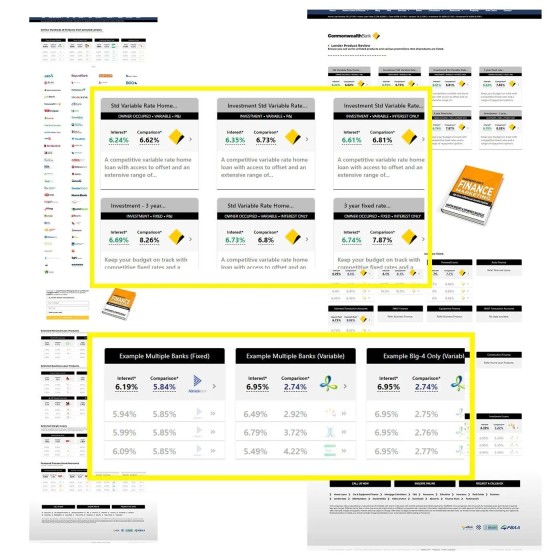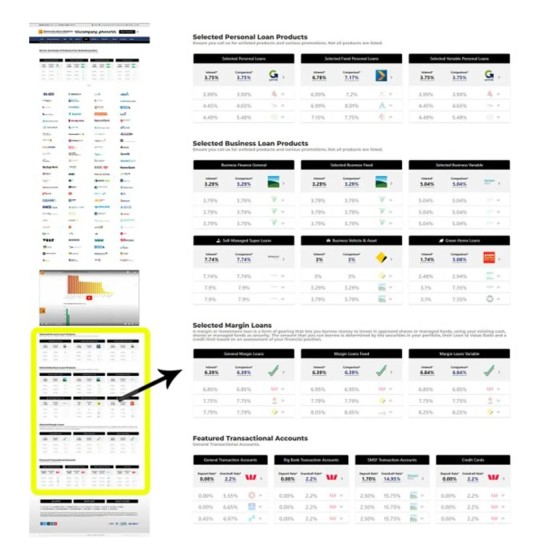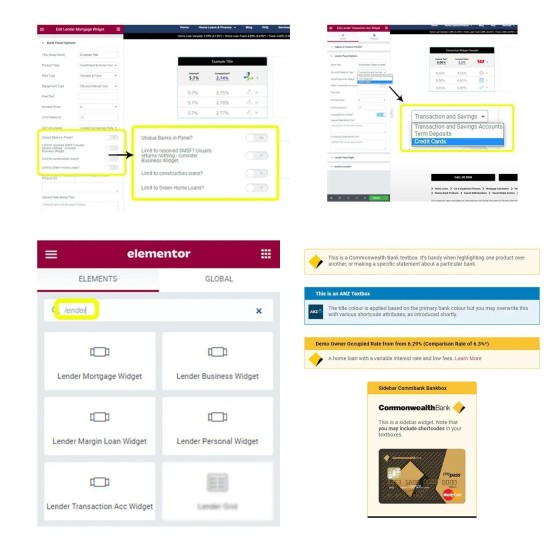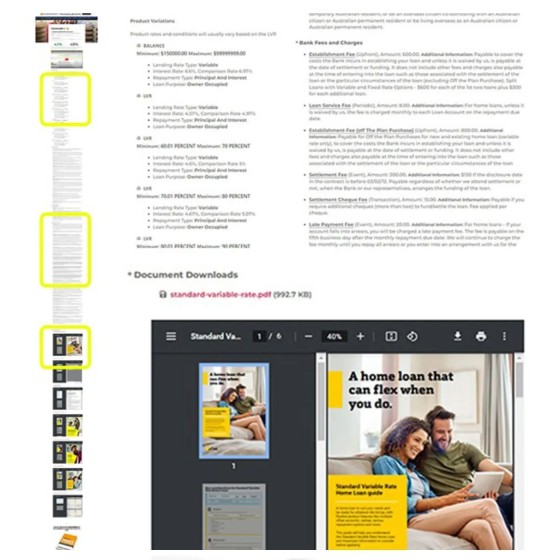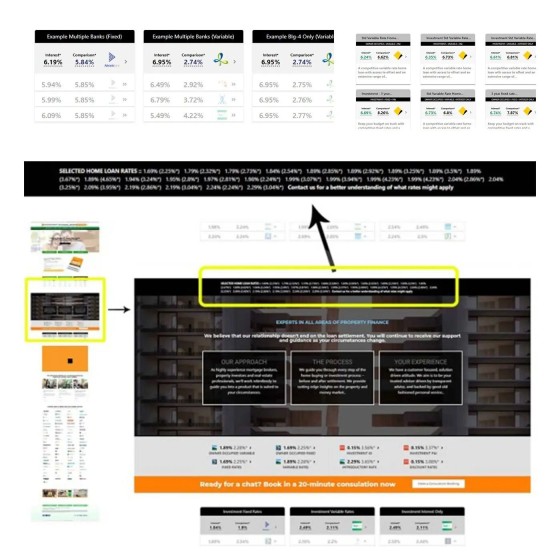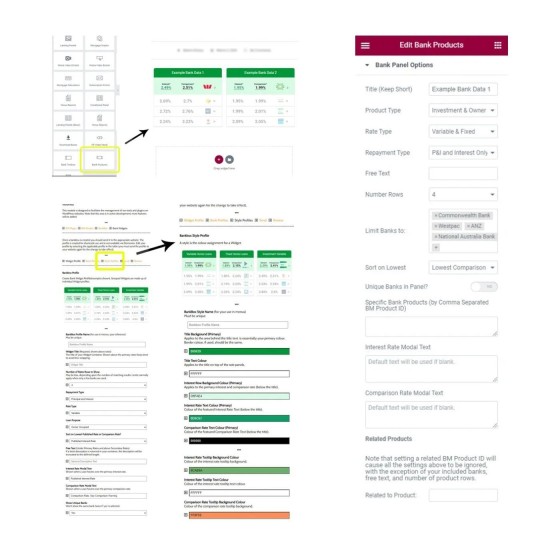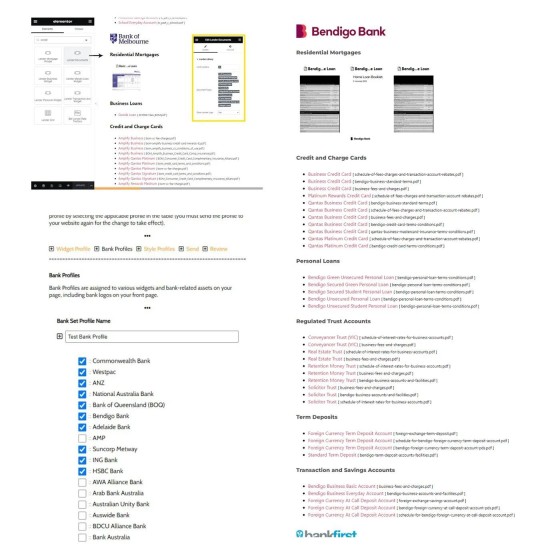The purpose of any (online or offline) funnel is a conversion, and for colder audiences, this is achieved by demonstrating two core attributes: expertise and authoritativeness (two of the three Google search indicators, with the third being Trust). There are a number of funnel tools used to develop this relationship, but sharing lender data is near the top of the list.
The core funnel should be focused on two things: education and relevance. Direct the focus of your funnel in this way, and shape the funnel experience around resolved consumer objectives, and the funnel will, on average, return more than 7X the page views (for each funnel-directed visit), and ultimately more conversions (remembering that every page is a landing page, including the thousands of lender pages, so they must include a calendar-integrated form and offer). It's not rocket science.
We include lending data of some type on virtually every page - there's no mistaking what you do, and there's no disputing your expertise and authoritativeness. You can't position yourself in the market until you've positioned yourself as an expert.
Lender data is tiered, so you generally move from all lenders, to lender archives, then lender product pages, but there are numerous rendering variations.
Lots of lender options apply, and full control over lenders, styles, and data, is maintained in Yabber. Drag-and-drop Elementor plugin blocks provides you with facilities to build your own experience, and the Lender (and Comparison) API is available to any client.
Lender modals, videos, and placeholders apply - it's a big system.
If you can't multiple the effect of a Facebook funnel by at *least* 300% simply by sending your audience to these archives, I'll send you a case of beer.
Every wondered why your website doesn't covert?


